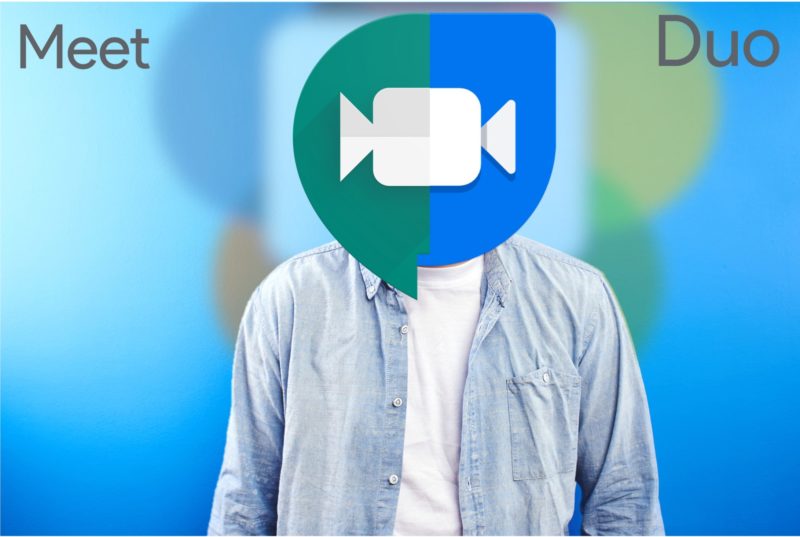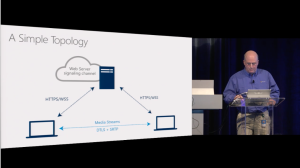A very detailed look at the WebRTC implementations of Google Meet and Google Duo and how they compare using webrtc-internals and some reverse engineering.
Opus
Implementing REDundant audio on an SFU
Chrome recently added the option of adding redundancy to audio streams using the RED format as defined in RFC 2198, and Fippo wrote about the process and implementation in a previous article. You should catch-up on that post, but to summarize quickly RED works by adding redundant payloads with different timestamps in the same packet. […]
RED: Improving Audio Quality with Redundancy
Back in April 2020 a Citizenlab reported on Zoom’s rather weak encryption and stated that Zoom uses the SILK codec for audio. Sadly, the article did not contain the raw data to validate that and let me look at it further. Thankfully Natalie Silvanovich from Googles Project Zero helped me out using the Frida tracing […]
Sharpening the Edge – extended Q&A with Microsoft for RTC devs
Two weeks ago Microsoft’s Bernard Aboba (and former webrtcHack’s interviewee) gave an update on Edge’s ORTC and WebRTC at the Microsoft Build conference. He covered some big topics including VP8 and WebRTC 1.0 support. You can see the update video at the link above or read the follow-up post for details. Then last week Microsoft announced plug-in […]




